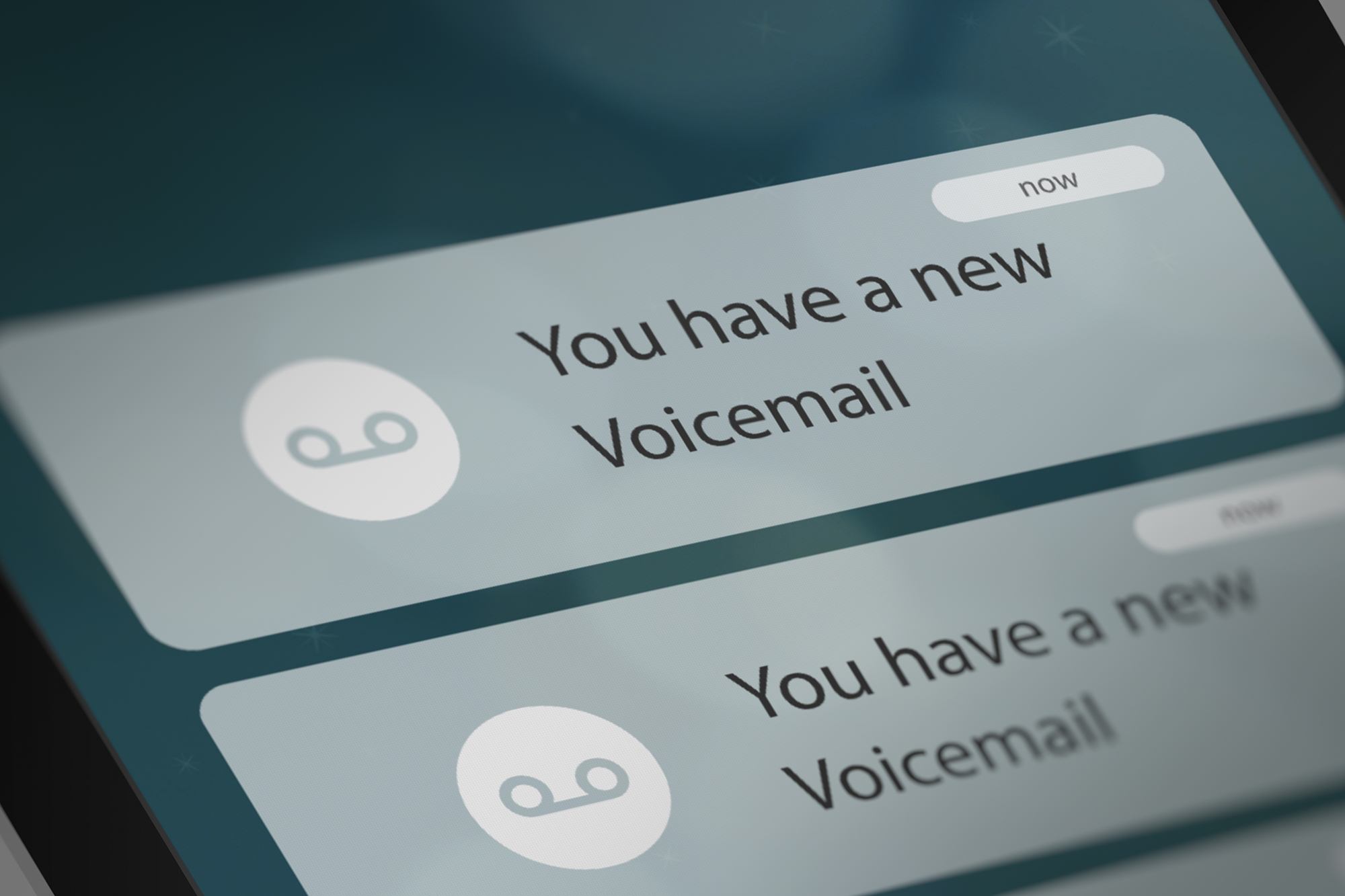
Have you ever received a voicemail without your phone ringing? Then you were part of a ringless voicemail campaign. Ringless voicemails have evolved as a viable marketing tactic, but what are they, and how do they work? Most importantly, in a climate of ever-evolving privacy concerns, are they even legal?
Ringless voicemail campaigns could bring a lot of value to your customers and provide regular leads for your business. Used alone or in conjunction with other marketing tools, it has the power to transform your current marketing. Let's take a look at the purpose and logistics of this particular marketing tactic.
Ringless voicemail drops evolved as a way to provide less invasive voice messages for marketing purposes. Users receive a voicemail message that bypasses the phone call function, dropping directly into the voicemail box "ringlessly."
Ringless voicemail began as a way to reach many individuals at once, in a less intrusive way than calling. MobileSphere launched its slydial product in 2007 which utilizes their own patented technology (Patent No. US8605869). This technology was later used in the ringless voicemail product, slybroadcast. Ringless voicemail works by bypassing the call and dropping voice messages directly to the recipient's voicemail-box.
Ringless voicemail can be an innovative and less intrusive way to reach out to your customers and new leads. Craft your campaigns with an eye on efficiency and potentially make use of tech systems designed to maximize the efficiency and impact of ringless voicemail.
It can also help you remain compliant to opt-in requirements by giving your potential customers the chance to reach out to you through text messaging or other forms of communication. This may alleviate burdensome opt-in requirements and ensure your message gets out there. It could provide an open channel, turning cold leads to warm.
Using ringless voicemail as a part of your overall marketing strategy can provide leads with the chance to reach out to you. Ensure you have the proper scripts for interested parties as well as those calling in response to a missed call before they listen to the voicemail.
Yes, ringless voicemail technology is legal. However, ringless voicemail, like any other telecommunication service, is regulated. The same regulations that apply to phone calls and text messaging, also apply to ringless voicemail.
At the direction of the FCC, the Telephone Consumer Protection Act (TCPA) was enacted in 1991 and put in place to safeguard consumer privacy by restricting telemarketing communications. In 2003, the National Do Not Call Registry was created by the Federal Trade Commission (FTC), implementing regulations that prohibit commercial telemarketers from making unwanted, unsolicited sales calls. To learn more, visit www.donotcall.gov.
Preparing scripts and defining your mission helps you create a ringless voicemail campaign that works well. Truly successful drops provide you with reliable leads and conversions. You'll help connect your mission with your customers using this voicemail technology.
You must keep these factors in mind:
Ringless voicemail has the potential to provide non-invasive marketing messages to your call list. Instead of persistent robocalls, a considerate and well-thought-out ringless voicemail campaign offers value and opportunity to your potential customers.
When customers call back, ensure your team is trained and that you have a conversion plan for helping conversions.
Combine this marketing method with other traditional methods and simple communication solutions to ensure your customers have access to information and ways to reach out to you with any interest or questions. It's in your best interest to explore this marketing method and all it could do for your marketing campaigns.
Do you have questions on how to leave a voicemail without calling? Email us at support@slybroadcast.com.